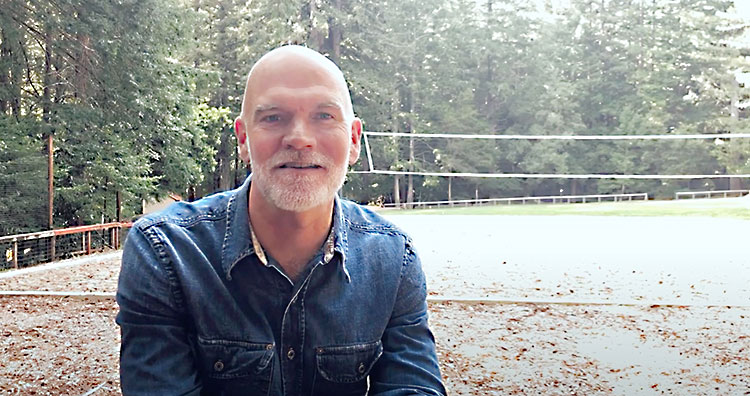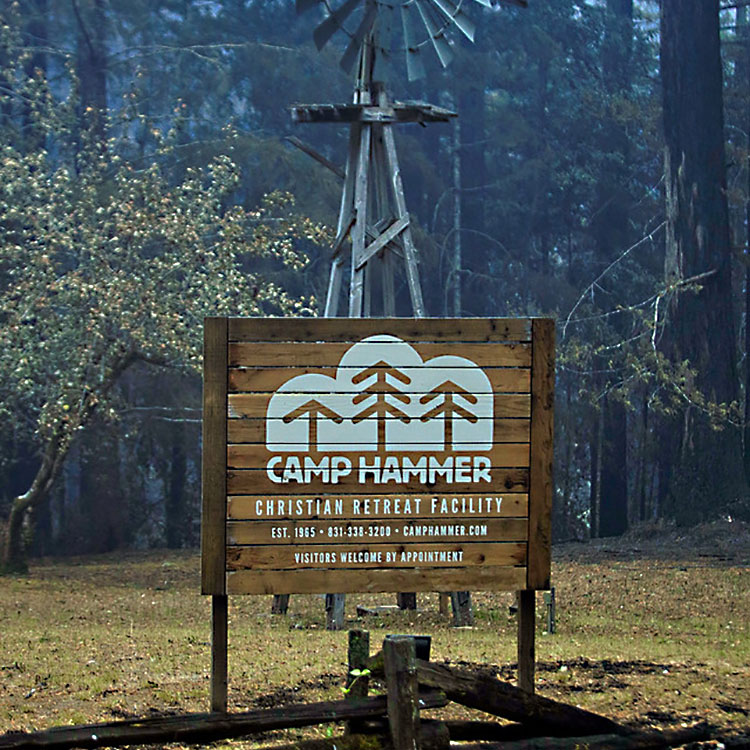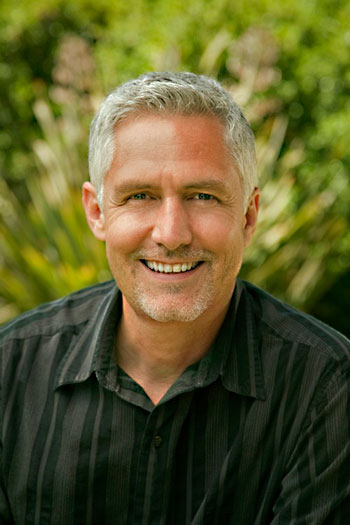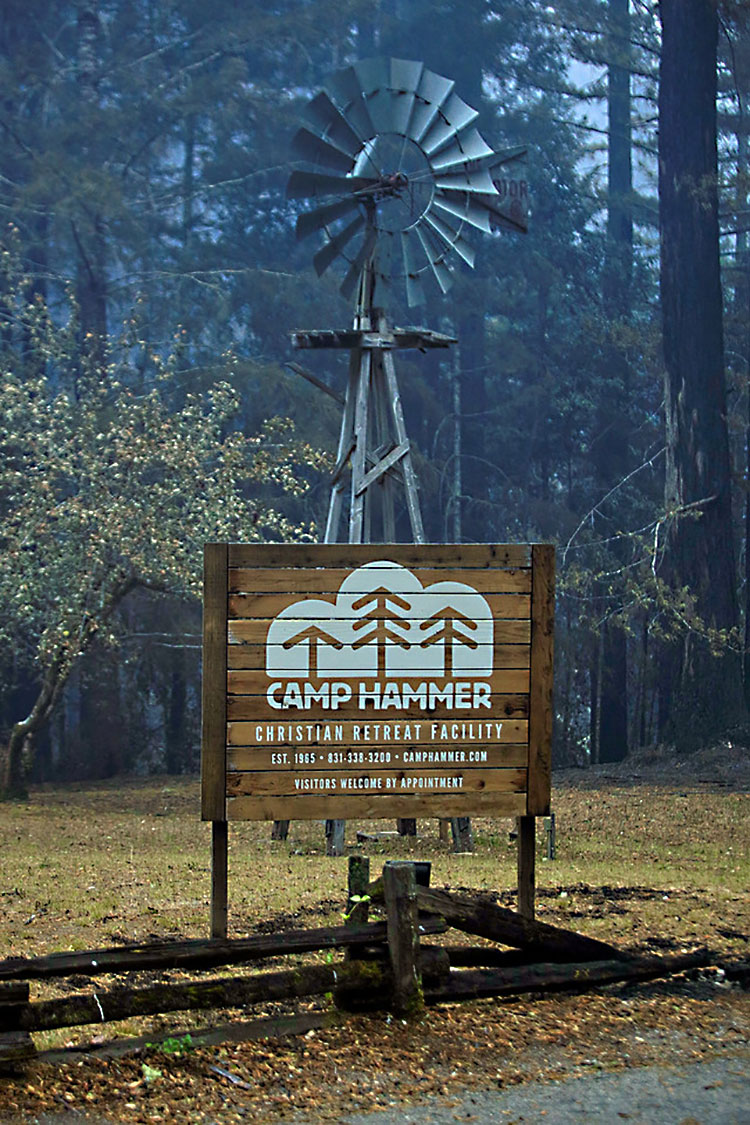By Rene Schlaepfer
It was already a tough year: The coronavirus, civil unrest, a national reckoning on racism, a divisive presidential election.
Then the fires happened.
What’s the way forward through this kind of chaos? It’s very personal for me. The church I help lead runs a camp near Big Basin where generations of Santa Cruzans had their first summer camp experience: Camp Hammer. While we have not yet been able to conclusively determine the extent of the fire damage, all indications point to catastrophic destruction.
The very good news is that the entire staff and their families, about 20 people, are safe.
The bad news: They lost everything else. Their experience is shared by scores of others in our county, many of whom sheltered at our church last week.
How does anyone get through that? To handle tragedy, everyone seeks a story line. This how we make sense of our world. Consciously or subconsciously, we write a narrative to explain our experience.
So what’s your story line? How you frame your experience can bring courage or fear, hope or despair.

Eric Swanson-Dexel announces the closure of Camp Hammer 2020 due to COVID-19. Reports make it unlikely that Camp Hammer has survived the fires.
This week I read a sermon preached by the Rev. Dr. Martin Luther King Jr. in 1959 where he talked about the narrative that framed his life: Two events from a 2,000 year-old story.
Dr. King described his visit to the ancient Church of the Holy Sepulcher in Jerusalem, the place where Jesus Christ is thought to have been crucified and buried.
He told how he stood first before a cross, stirred by the example of Jesus’ self-sacrifice. King felt that selfless loving action is what makes a person, and a nation, truly great. Jesus’ sacrifice was part of King’s own narrative as an example of moral courage.
But suddenly King was overcome with tears: “I never will forget the experience… something overwhelmed me, I fell to my knees. Before I knew it, I was weeping. I started thinking in a way that I’d never thought before of the meaning of the cross. The cross…tells us not only about the moral commitment of Jesus Christ, but it tells us about the love of God himself. What is the cross but God’s way of saying to a wayward child, ‘I still love you, and I am willing to go any length…in order to redeem you.’”
But the cross was only the first half of the storyline.
“From that cross, there was a little walk, maybe about seventy-five feet. They told us that this is the tomb where Jesus was buried. But our guide said, ‘I want you to know that this tomb is empty. He is not there now.’”
King continued, “This is our hope. The tomb is empty. Jesus lives…This is what keeps us going. This is why you can go out with new hope for the future. No matter how dark it gets…let us not be disillusioned. So often we’ve been crucified. We’ve been buried in numerous graves…But I’m here to tell you, the resurrection reminds us…God will bring the light of day out of the darkness of midnight.”
The storyline that kept King going? The cross (self-sacrifice and death) leads to the empty tomb (hope and new life). Out of crucifixion there can be resurrection. I believe this. Our communities can rise again better than before. We can grow closer together, less afraid, more eager to understand.
Last week I met with our camp staff hours after the fire. We sat at our church, in a large circle, face-masked, socially distanced, crying.
Then Eric Swanson-Dexel, our camp director, turned to one of his daughters. Through tears he said, “I want you to remember the meaning of your name… Phoenix.
The bird who died and then rose out of the ashes to new life. We chose that name for you because our faith tells us, out of ashes, new life rises. And I want to tell you, new life will rise out of the ashes of camp.”
That’s the gospel story line.
Out of the ashes comes new life. Out of this crucifixion there can be a resurrection.
Is that your storyline now? Then you can face anything.
•••
Rene Schlaepfer is pastor at Twin Lakes Church in Aptos, which is making parking spaces available for up to 50 fire-evacuated residents, with bathrooms, water and food available.





